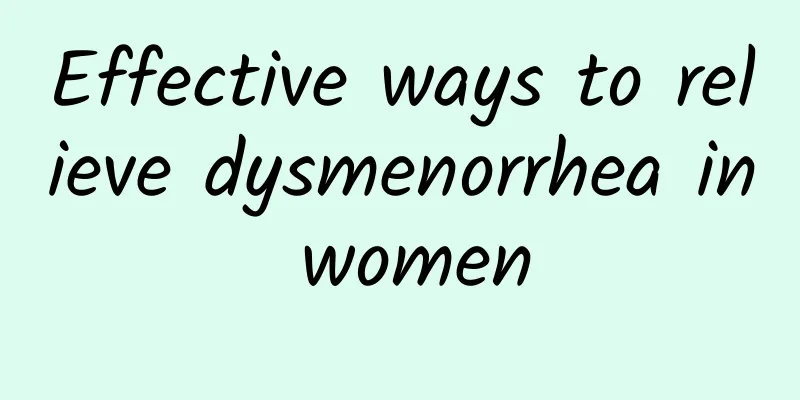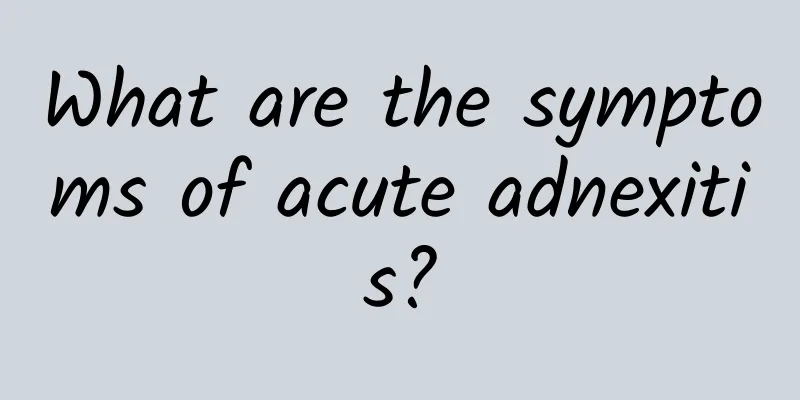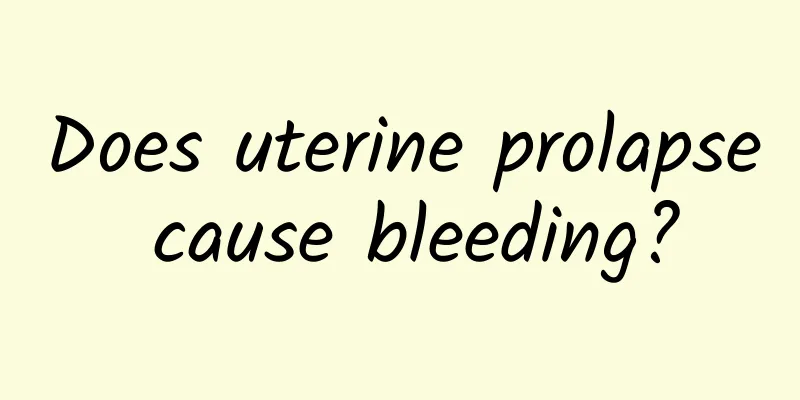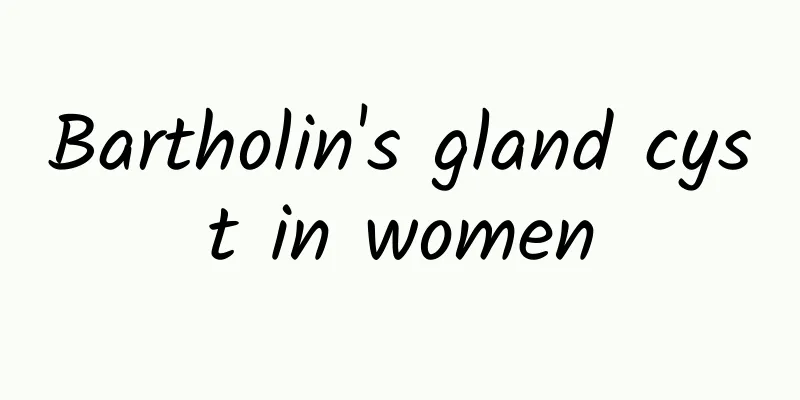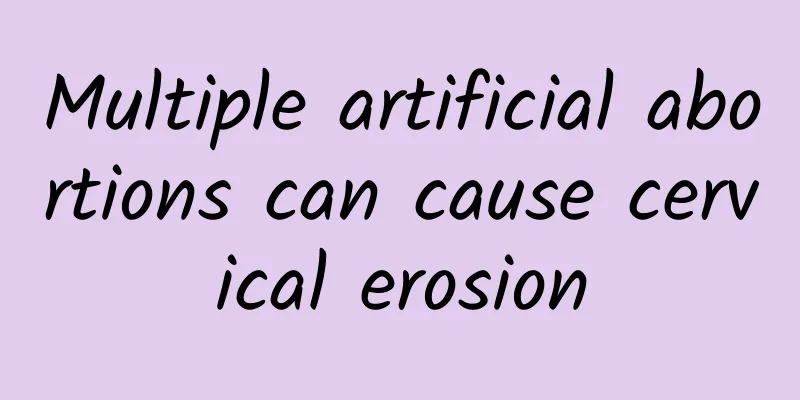Treatment of ovarian cysts
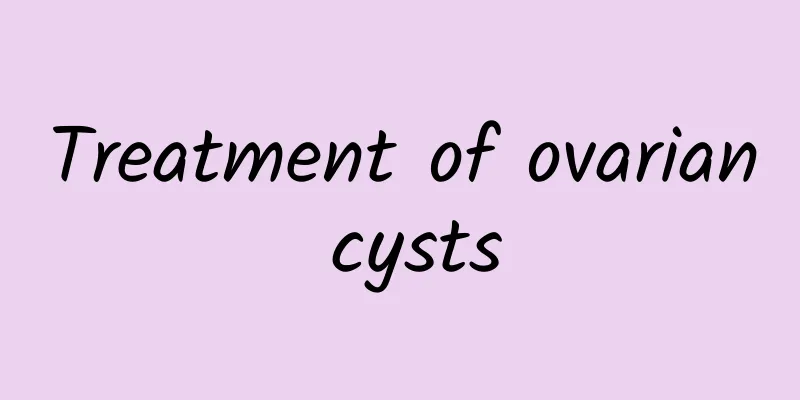
|
Ovarian cyst is a common gynecological disease with a high degree of malignancy. So, what are the treatments for ovarian cysts? Let's take a look below. Generally speaking, if the diameter of the cyst is less than 5 cm and there is no evidence of tumor, it is mostly functional cyst, and close follow-up is required, that is, check once every 2-3 months, and adjust the check interval according to the situation; if the diameter of the cyst is greater than 5 cm, it is mostly ovarian tumor, which generally requires surgical treatment; if accompanied by progressively worsening dysmenorrhea and sexual intercourse pain, and tender nodules in the pelvis, endometriosis (i.e. chocolate cyst) should be considered. Different treatments can be adopted according to the specific situation. What are the treatments for ovarian cysts? Treatment of ovarian cysts 1. Surgical treatment of benign ovarian cysts: ① Ovarian cystectomy: Most of these patients have no menstrual disorders, and some even have complicated pregnancy. If the tumor on one side is more obvious, a salpingo-oophorectomy on the affected side can be performed. ② Salpingo-oophorectomy: Unilateral ovarian cysts occur in older patients (over 45 years old). Bilateral ovarian cysts usually undergo unilateral or bilateral oophorectomy. Patients with general incompetence or severe inflammation often undergo total hysterectomy. It is worth noting that for the surgical treatment of larger ovarian cysts, the size of the incision should be disregarded and complete removal is preferred to avoid The patient's pulse is broken and the contents overflow into the abdominal cavity or incision. During the operation, attention should be paid to the patient's pulse, breathing, and blood pressure changes. When necessary, infusion or blood transfusion, oxygen supply should be accelerated. Early detection of acute gastric dilatation, paralytic intestinal obstruction and the resulting water and electrolyte imbalance and blood chemistry changes should be prevented. ③ Adnexectomy and total hysterectomy occurs in women who are near menopause or menopause and have unilateral or bilateral ovarian cysts. If the patient's general condition is not suitable for the procedure, bilateral adnexectomy and total hysterectomy are appropriate, but this will seriously affect endocrine disorders. Treatment of ovarian cysts 2 , surgical treatment of malignant ovarian cysts: Most patients are in the late stage when they seek medical treatment, so every effort should be made to remove the primary cyst and the visible pelvic and abdominal metastases. Since ovarian malignant cysts are often adhered or infiltrated with the uterus and adnexa, and are integrated and closely attached to the pelvic peritoneum, the uterus and tumor are often removed in one piece, such as the greater omentum, partial intestinal resection, partial bladder and ureter resection. For ovarian malignant tumors with ascites, whether they are completely removed or not, it is advisable to place a catheter in the abdominal cavity to facilitate the postoperative intraperitoneal injection of anticancer drugs or radioactive colloidal gold or colloidal phosphorus. Treatment of ovarian cysts 3 , surgical treatment of complications of ovarian cysts: ① After the diagnosis of ovarian cyst pedicle torsion is confirmed, emergency surgery is required. First, intramuscular injection of analgesics, such as pethidine, is performed. Regardless of the patient's age, it is appropriate to perform an oophorectomy on the affected side. ② If an ovarian cyst ruptures, laparotomy should be performed as soon as possible, because the contents of the cyst overflow into the abdominal cavity, whether it is benign or malignant, there is a possibility of implantation, so the abdominal cavity and incision should be thoroughly lavaged. ③ If ovarian cysts are complicated by infection and anti-infection drugs are used for a period of time, but the body moisture does not decrease or the local symptoms become more severe, laparotomy should be performed to remove the tumor to eliminate the infection focus, and the symptoms can often subside quickly. ④ The adhesion between ovarian cyst and peritoneum is often seen in patients with giant ovarian cysts misdiagnosed as massive ascites, who have undergone repeated abdominal punctures to drain fluid, or who have ovarian cyst infection. Treatment of ovarian cysts 4. Regarding the treatment of ovarian cysts that cannot be removed: ① Drugs can be administered through the catheter after the ascites is completely drained. However, it should be noted that ascites contains a large amount of protein, and nutrition should be supplemented in time if a large amount of fluid is drained. ② Pain is the greatest suffering for patients. General analgesics such as aspirin and codeine can be used first. If they are still ineffective, pethidine and morphine can be given alternately. However, it is easy to become addicted. If any analgesics are ineffective, alcohol can be tried by injecting it into the spinal meningeal cavity. ③ Intestinal or ureteral obstruction. If the patient's general condition is good, colectomy, ostomy or ureteral transplantation can be performed to relieve the patient's excretion disorder and the resulting water and electricity imbalance, acidosis, etc. Ovarian cyst is a general term for ovarian cystic masses. Its harm to the body and its treatment depend on its nature. Special topic on ovarian cysts: http://www..com.cn/fuke/ncnn/ |
<<: Diagnosis of ovarian cysts
>>: Prevention of cervical erosion
Recommend
Eat light New Year dishes and be healthy to have a happy New Year! Nutritionist: Diabetic patients should follow the dietary principles of "three lows and one high"
New Year is an important festival, during which p...
Can I do cervical screening if I have ovulation bleeding?
Cervical screening is generally not recommended d...
Do women with endometrial tuberculosis still have the right to be mothers?
Endometrial tuberculosis is a type of uterine tub...
At what age do women reach menopause?
Menopause is an important turning point in female...
What are the symptoms of chronic cervicitis and how to diagnose it?
Chronic cervicitis is the most common gynecologic...
Are ovarian cysts contagious? What are the types of ovarian cysts?
Ovarian cysts appear in the pelvic cavity. The ea...
Can cervical hypertrophy lead to cervical precancerous lesions?
Cervical hypertrophy increases the risk of cervic...
It is difficult to lose weight in middle age. Telephone consultation can help you lose weight
What should I do if I gain weight in middle age a...
Nursing measures for patients with heavy bleeding during ectopic pregnancy
Ectopic pregnancy is a common gynecological disea...
Do you know that there are foods that you cannot eat during menstruation?
Women cannot eat cold food during menstruation. I...
How many millimeters of pelvic fluid is normal?
Pelvic effusion causes dysfunction of internal or...
Why do uterine fibroids sometimes disappear? Why do uterine fibroids sometimes disappear?
Why do uterine fibroids sometimes not In recent y...
Lose 10 kg! Super easy weight loss method
Text/Ito Yu I have been assigned to Tokyo for wor...
What are the key points to pay attention to in painless abortion?
When it comes to painless abortion, I believe eve...
When cholesterol rises, these three parts of seafood are landmines! Nutritionist: Boiled mushrooms help lower cholesterol and prevent cancer
"My health check report shows high cholester...

